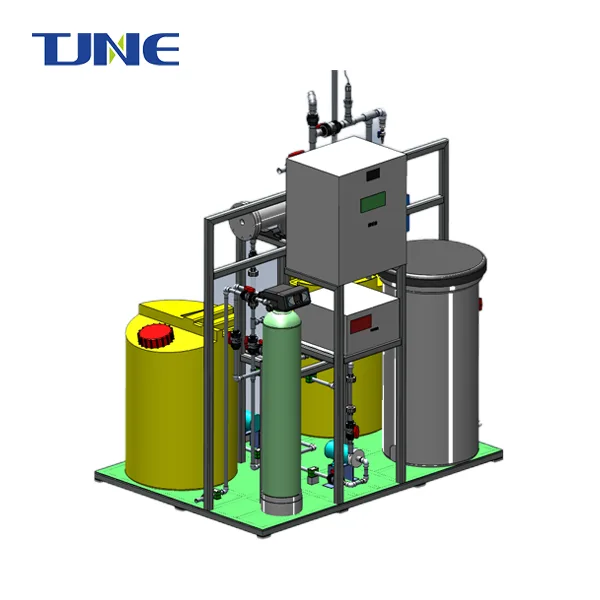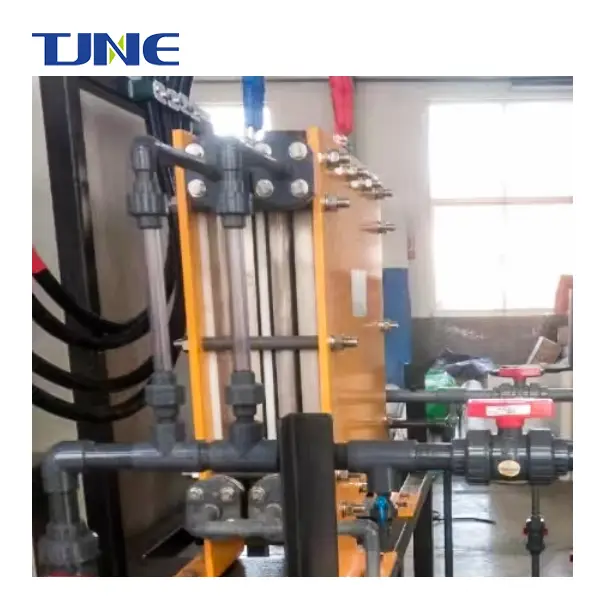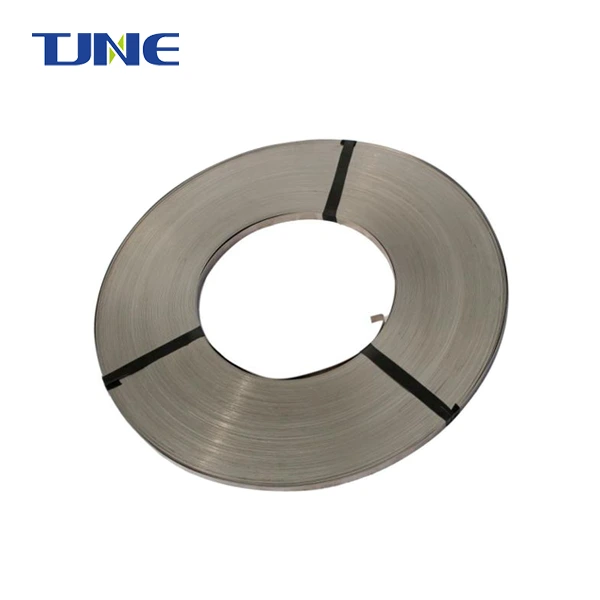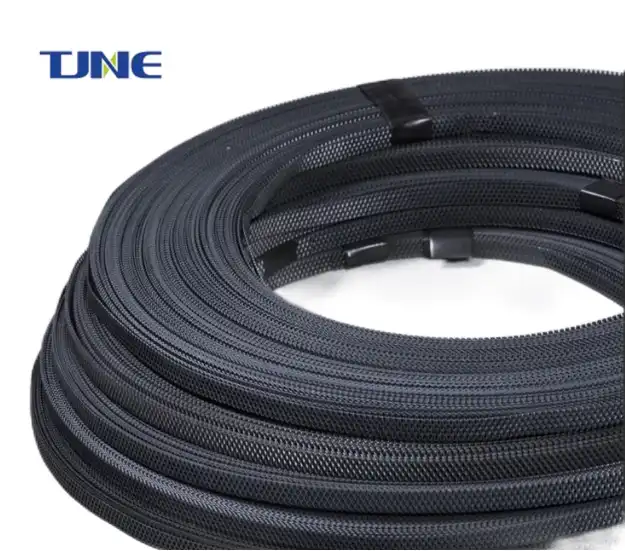- English
- French
- German
- Portuguese
- Spanish
- Russian
- Japanese
- Korean
- Arabic
- Greek
- German
- Turkish
- Italian
- Danish
- Romanian
- Indonesian
- Czech
- Afrikaans
- Swedish
- Polish
- Basque
- Catalan
- Esperanto
- Hindi
- Lao
- Albanian
- Amharic
- Armenian
- Azerbaijani
- Belarusian
- Bengali
- Bosnian
- Bulgarian
- Cebuano
- Chichewa
- Corsican
- Croatian
- Dutch
- Estonian
- Filipino
- Finnish
- Frisian
- Galician
- Georgian
- Gujarati
- Haitian
- Hausa
- Hawaiian
- Hebrew
- Hmong
- Hungarian
- Icelandic
- Igbo
- Javanese
- Kannada
- Kazakh
- Khmer
- Kurdish
- Kyrgyz
- Latin
- Latvian
- Lithuanian
- Luxembou..
- Macedonian
- Malagasy
- Malay
- Malayalam
- Maltese
- Maori
- Marathi
- Mongolian
- Burmese
- Nepali
- Norwegian
- Pashto
- Persian
- Punjabi
- Serbian
- Sesotho
- Sinhala
- Slovak
- Slovenian
- Somali
- Samoan
- Scots Gaelic
- Shona
- Sindhi
- Sundanese
- Swahili
- Tajik
- Tamil
- Telugu
- Thai
- Ukrainian
- Urdu
- Uzbek
- Vietnamese
- Welsh
- Xhosa
- Yiddish
- Yoruba
- Zulu
Hydrogen production has become a crucial area of research and development in the quest for clean, sustainable energy sources. As the world shifts towards greener alternatives to fossil fuels, the efficiency and scalability of hydrogen production methods are under intense scrutiny. One promising avenue of exploration is the use of titanium mesh anodes in electrolysis processes. This blog post delves into the potential of titanium mesh anodes for hydrogen production, examining their advantages, efficiency, and broader applications.
What are the advantages of using titanium mesh anodes in electrolysis?
Titanium mesh anodes have garnered significant attention in the field of electrolysis due to their unique properties and potential advantages over traditional electrode materials. The use of titanium mesh as an anode material offers several benefits that make it an attractive option for hydrogen production through water electrolysis.
Firstly, titanium is renowned for its exceptional corrosion resistance. In the harsh environment of an electrolyzer, where electrodes are constantly exposed to corrosive electrolytes and oxygen evolution, titanium's ability to withstand degradation is crucial. This resistance to corrosion translates to longer electrode lifespans, reducing the need for frequent replacements and lowering overall maintenance costs in hydrogen production facilities.
The mesh structure of titanium anodes provides another significant advantage. The high surface area-to-volume ratio of mesh electrodes allows for increased contact between the electrode and the electrolyte. This enhanced surface area facilitates more efficient electron transfer and gas evolution, potentially boosting the overall efficiency of the electrolysis process. The porous nature of the mesh also aids in the rapid removal of gas bubbles from the electrode surface, preventing the buildup of gas that could impede the reaction.
Moreover, titanium mesh anodes exhibit excellent electrical conductivity. While pure titanium is not as conductive as some other metals, its conductivity is sufficient for electrolysis applications. When coated with catalytic materials such as iridium oxide or ruthenium oxide, titanium mesh anodes can achieve high catalytic activity for the oxygen evolution reaction (OER), which is crucial for efficient water splitting.
The lightweight nature of titanium is another advantage, especially in large-scale industrial applications. Lighter electrodes can reduce the overall weight of electrolysis units, making them easier to install, maintain, and transport. This can be particularly beneficial in modular or portable hydrogen production systems.
Lastly, titanium mesh anodes offer design flexibility. The mesh structure can be customized in terms of wire diameter and mesh size to optimize performance for specific electrolysis conditions. This adaptability allows researchers and engineers to fine-tune electrode designs for maximum efficiency in various hydrogen production setups.
How does the efficiency of titanium mesh anodes compare to other materials?
When evaluating the efficiency of titanium mesh anodes for hydrogen production, it's essential to compare their performance with other commonly used electrode materials. The efficiency of an electrode in water electrolysis is typically measured by its overpotential – the additional voltage required above the thermodynamic minimum to drive the reaction at a desired rate.
Titanium mesh anodes, particularly when coated with catalytic materials, have shown promising results in terms of efficiency. Studies have demonstrated that titanium mesh anodes coated with iridium oxide or mixed metal oxides can achieve lower overpotentials for the oxygen evolution reaction compared to traditional materials like graphite or lead dioxide.
One of the key factors contributing to the efficiency of titanium mesh anodes is their stability under anodic polarization. Unlike some other materials that may degrade or passivate over time, titanium mesh anodes maintain their performance characteristics for extended periods. This stability ensures consistent efficiency throughout the electrode's lifespan, which is crucial for long-term hydrogen production operations.
However, it's important to note that the efficiency of titanium mesh anodes can vary depending on the specific coating and preparation methods used. Uncoated titanium mesh, while corrosion-resistant, does not possess the catalytic properties necessary for highly efficient water splitting. The development of advanced coating techniques and novel catalytic materials continues to push the boundaries of titanium mesh anode efficiency.
When compared to platinum, which is often considered the gold standard for electrocatalysis, titanium mesh anodes may not achieve the same level of intrinsic catalytic activity. However, the significantly lower cost of titanium and its superior durability make it a more economically viable option for large-scale hydrogen production.
In terms of energy efficiency, some studies have shown that titanium mesh anodes can achieve overall energy efficiencies of up to 80-85% in PEM (Proton Exchange Membrane) electrolyzers. This compares favorably with other electrode materials and approaches the theoretical maximum efficiency for water electrolysis.
It's worth mentioning that the efficiency of titanium mesh anodes can be further enhanced through various modifications. For instance, incorporating nanostructures or creating hierarchical structures on the titanium mesh surface can increase the active surface area and improve catalytic performance. Additionally, the development of bimetallic or multi-component catalytic coatings has shown promise in reducing overpotentials and increasing efficiency.
What are the potential applications of titanium mesh anodes beyond hydrogen production?
While the focus of this discussion has been on hydrogen production, the versatility of titanium mesh anodes extends far beyond this single application. The unique properties of titanium mesh make it suitable for a wide range of electrochemical processes and industries.
One significant area where titanium mesh anodes find application is in wastewater treatment. The electrochemical oxidation of organic pollutants is an effective method for water purification, and titanium mesh anodes coated with appropriate catalysts have shown excellent performance in degrading various contaminants. Their corrosion resistance and long lifespan make them particularly well-suited for the harsh conditions often encountered in wastewater treatment plants.
In the field of energy storage, titanium mesh anodes have potential applications in advanced battery technologies. Research is ongoing into the use of titanium-based materials as anodes in lithium-ion batteries and other next-generation energy storage devices. The high surface area and stability of titanium mesh could contribute to improved battery performance and longevity.
The chlor-alkali industry, which produces chlorine and sodium hydroxide through the electrolysis of brine, is another sector where titanium mesh anodes are gaining traction. The corrosion resistance of titanium in chloride-rich environments makes it an excellent choice for these applications, potentially offering longer lifespans and reduced maintenance compared to traditional dimensionally stable anodes (DSAs).
Electroplating and surface finishing industries also benefit from the use of titanium mesh anodes. The uniform current distribution provided by the mesh structure can result in more even coatings and finishes. Additionally, the inertness of titanium prevents contamination of the plating bath, which is crucial for maintaining product quality.
In the field of environmental remediation, titanium mesh anodes are being explored for soil and groundwater decontamination through electrokinetic processes. The durability and chemical stability of titanium make it suitable for in-situ applications where electrodes may need to remain in place for extended periods.
The biomedical field is another area where titanium mesh finds applications, albeit not always as an anode. Titanium's biocompatibility makes it suitable for implants and tissue engineering scaffolds. While not directly related to its use as an anode, this demonstrates the versatility of titanium mesh in high-tech applications.
Looking to the future, titanium mesh anodes could play a role in emerging technologies such as artificial photosynthesis and CO2 reduction. These processes aim to convert sunlight and carbon dioxide into valuable chemicals or fuels, and efficient, durable electrodes are crucial for their success.
In conclusion, titanium mesh anodes represent a promising technology for hydrogen production through water electrolysis. Their corrosion resistance, high surface area, and customizable properties offer significant advantages in terms of durability, efficiency, and versatility. While challenges remain in optimizing their performance and reducing costs, ongoing research and development continue to expand the potential of titanium mesh anodes in hydrogen production and beyond. As the world moves towards a hydrogen-based economy, technologies like titanium mesh anodes will play a crucial role in making clean energy production more efficient and sustainable.
If you are interested in the products of Xi'an Taijin New Energy Technology Co., Ltd., please contact yangbo@tjanode.com.
References:
1. Zhang, Y., et al. (2020). "Titanium mesh supported electrocatalysts for efficient water splitting." Nature Communications, 11(1), 1-9.
2. Wang, L., et al. (2019). "Titanium mesh-supported IrO2 nanosheet arrays as highly efficient anode for water oxidation." ACS Applied Materials & Interfaces, 11(28), 25276-25284.
3. Xu, W., et al. (2018). "Highly efficient and stable Ir/TiO2/Ti mesh anodes for electrochemical water splitting in acidic media." Applied Catalysis B: Environmental, 237, 1101-1109.
4. Karimi, F., & Peppley, B. A. (2017). "Metal mesh supported catalysts for PEM water electrolysis." International Journal of Hydrogen Energy, 42(8), 5083-5094.
5. Kment, S., et al. (2019). "Photoanodes based on TiO2 and α-Fe2O3 for solar water splitting – superior role of 1D nanoarchitectures and of combined heterostructures." Chemical Society Reviews, 48(9), 2330-2361.
6. Trasatti, S. (2000). "Electrocatalysis: understanding the success of DSA®." Electrochimica Acta, 45(15-16), 2377-2385.
7. Martínez-Huitle, C. A., & Ferro, S. (2006). "Electrochemical oxidation of organic pollutants for the wastewater treatment: direct and indirect processes." Chemical Society Reviews, 35(12), 1324-1340.
8. Nürnberger, S., et al. (2019). "Titanium-based materials for cardiac and cardiovascular applications." Advanced Materials, 31(14), 1805033.
9. Guo, X., et al. (2020). "Efficient electrocatalytic CO2 reduction on a three-phase interface." Nature Catalysis, 3(12), 1024-1032.
10. Seh, Z. W., et al. (2017). "Combining theory and experiment in electrocatalysis: Insights into materials design." Science, 355(6321), eaad4998.












